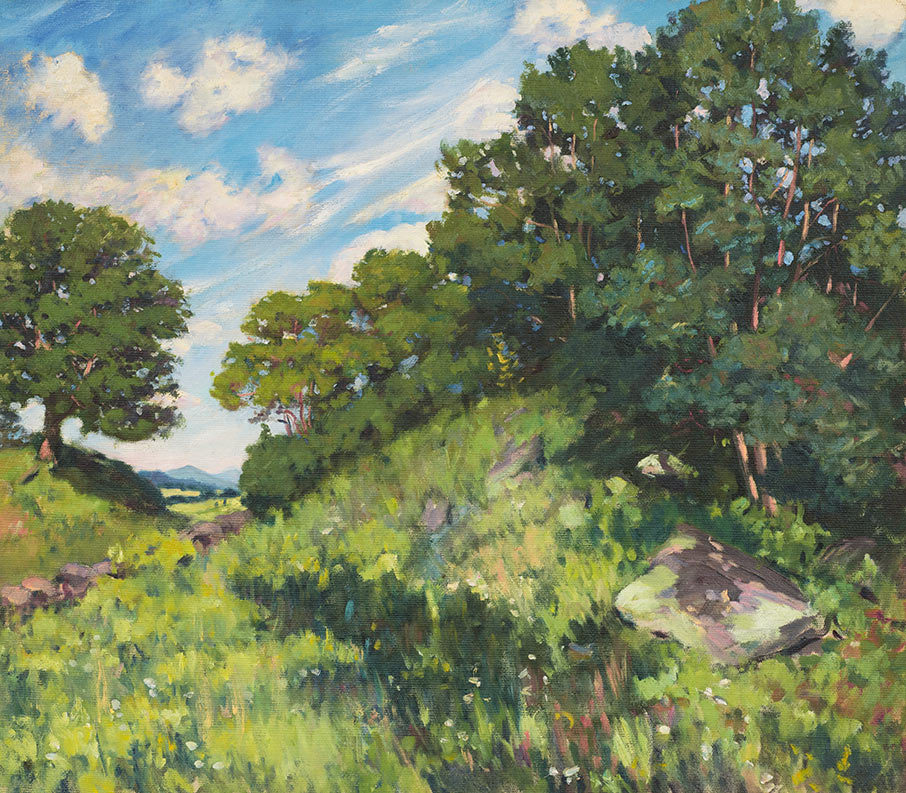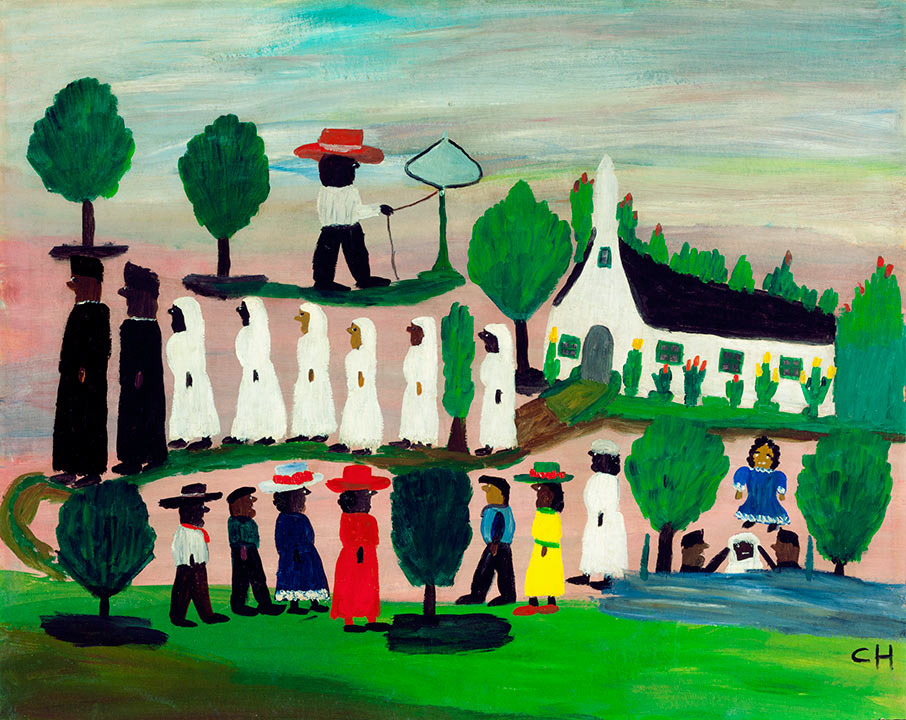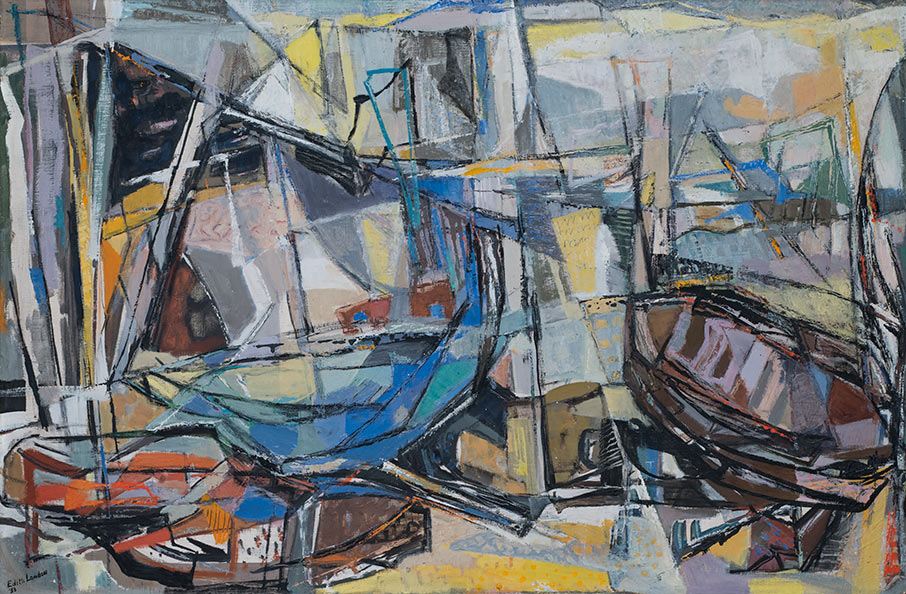Spanning the decades between the late 1890s and early 1960s, Central to Their Lives: Southern Women Artists from the Johnson Collection brings together for the first time the paintings and sculptures of forty-two diverse women artists who made significant contributions to the art of the South. The exhibition examines the challenges female artists faced during a period in which women’s social, cultural, and political roles were being redefined and reinterpreted. Whether working from dedicated studio spaces, in spare rooms at home, or on the world stage, the artists showcased made remarkable impacts by fostering future generations of artists through instruction, incorporating new aesthetics into the fine arts, and challenging the status quo.
Around the turn of the twentieth century, a dramatic shift in the way women were represented in society began to take place. The catalyst for this change had been sparked decades before when in 1848, the women’s rights convention was held in Seneca Falls, New York. The convention was advertised as an event where the role of women in all facets of society—civilly, socially, and religiously—would be discussed and debated. Out of this convention came a renewed vigor to secure the right to vote for all women, although the 19th amendment granting this right was not ratified until 1920. During the decades that had passed between Seneca Falls and the passing of the 19th amendment, small but significant changes had become more apparent in the lives of women.

One such change was an increase in opportunities for education. Art schools began opening their doors to female students as well, including the Pennsylvania Academy of Fine Arts, Cooper Union, and the Art Students League. Many of the artists represented in Central to Their Lives studied at these prestigious schools where they honed their talent. Mississippi native Kate Freeman Clark (American, 1875–1957) was one such Art Students League attendee and was taught by already established artists such as William Merritt Chase. Clark exhibited her work in many prestigious shows but never sold any of her work in deference to her mother who disapproved of women conducting business and earning money. Clark also signed her paintings “Freeman Clark”, purposefully omitting her first name of “Kate” so viewers would not know the artist had been female. Clark’s story illustrates the tension that still existed during these decades between progress beginning to be seen, but women still encountering limitations to their chosen career paths.

A formal art education was not always an option for many of these artists for economic or social reasons. Clementine Hunter (American, 1886–1988) was born in Louisiana and was the granddaughter of slaves. She was a domestic worker at Melrose Plantation for most of her life. The owner of the property hosted an informal artist colony, and Hunter was inspired to take up painting in her 50s after seeing other artists at work. Hunter’s body of work (which numbers near 5,000 paintings) was inspired by the people and places that she was familiar with: “I paint the history of my people. The things that happened to me and to the ones I know.” In Cane River Baptism, Hunter compresses time to depict the various stages of a baptism near Melrose Plantation. A scene she would have witnessed often, Hunter divides the canvas into three stages to show the entirety of the event, a technique she used frequently.

Just like no two artists can truly be defined in the same ways, no two artists in this exhibition fit into the same mold either. Some came from wealthy families, others struggled to make ends meet. Some benefited from formal educations, others developed a natural talent on their own and by studying outside influences. Some had husbands and families, while others decided the pursuit of their artistic careers would be their focus in life. The most compelling element of Central to Their Lives is the stories of these artists: stories of struggle, perseverance, injustice, but ultimately redemption as we retrospectively look back on the lives of these artists with gratitude for the paths they have paved.
—Amanda Breen, Associate Curator, Gibbes Museum of Art
Published February 14, 2020
Top image: Still Life with Mandolin, ca. 1955, by Alma Woodsey Thomas (1891–1978); Oil on masonite, 19 7/8 x 35 1/4 inches; The Johnson Collection, Spartanburg, South Carolina
Central to Their Lives: Southen Women Artists in the Johnson Collection is on view at the Gibbes Museum from January 17–May 3, 2020. The exhibition is organized by the Johnson Collection, Spartanburg, South Carolina.

